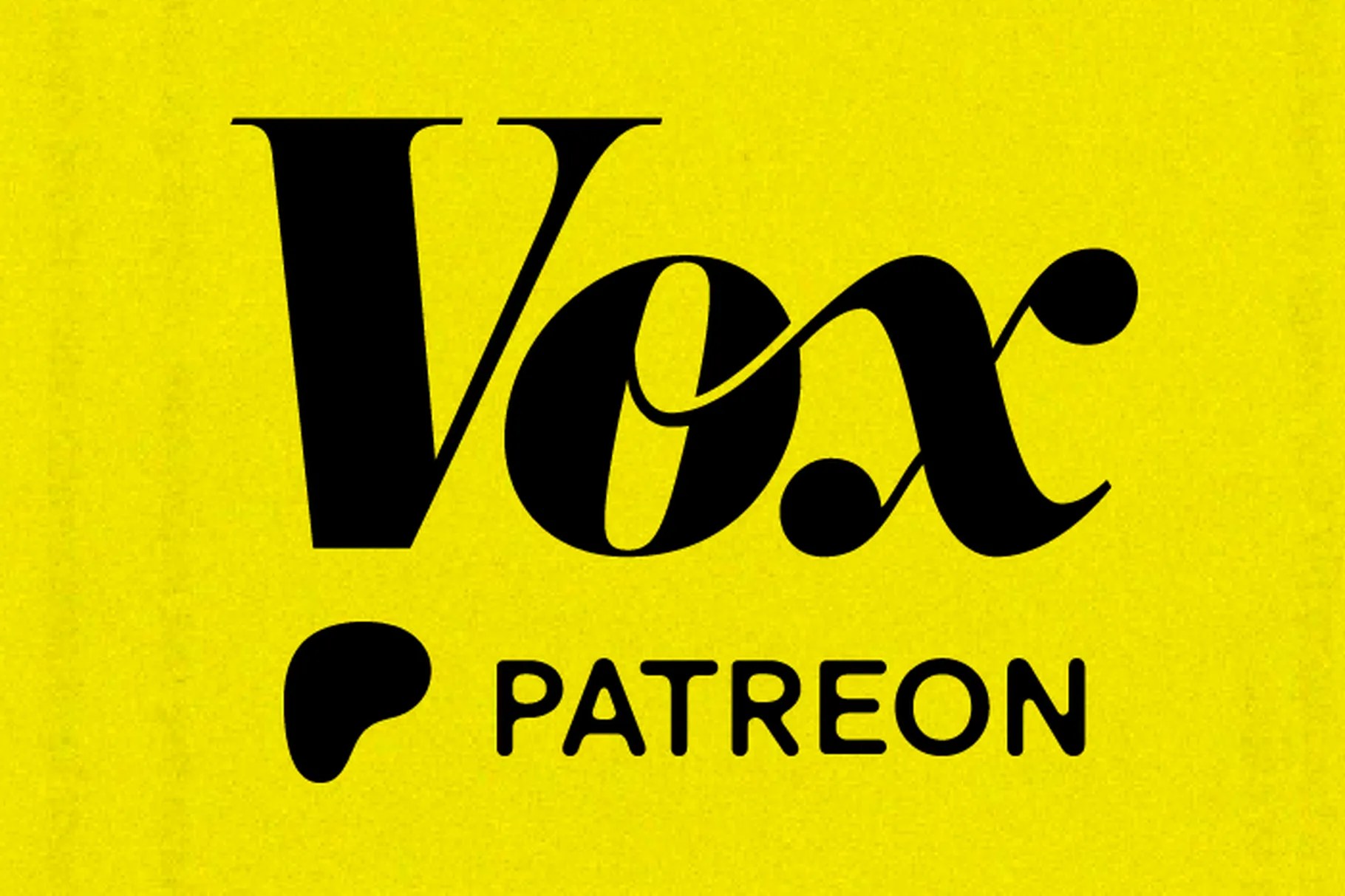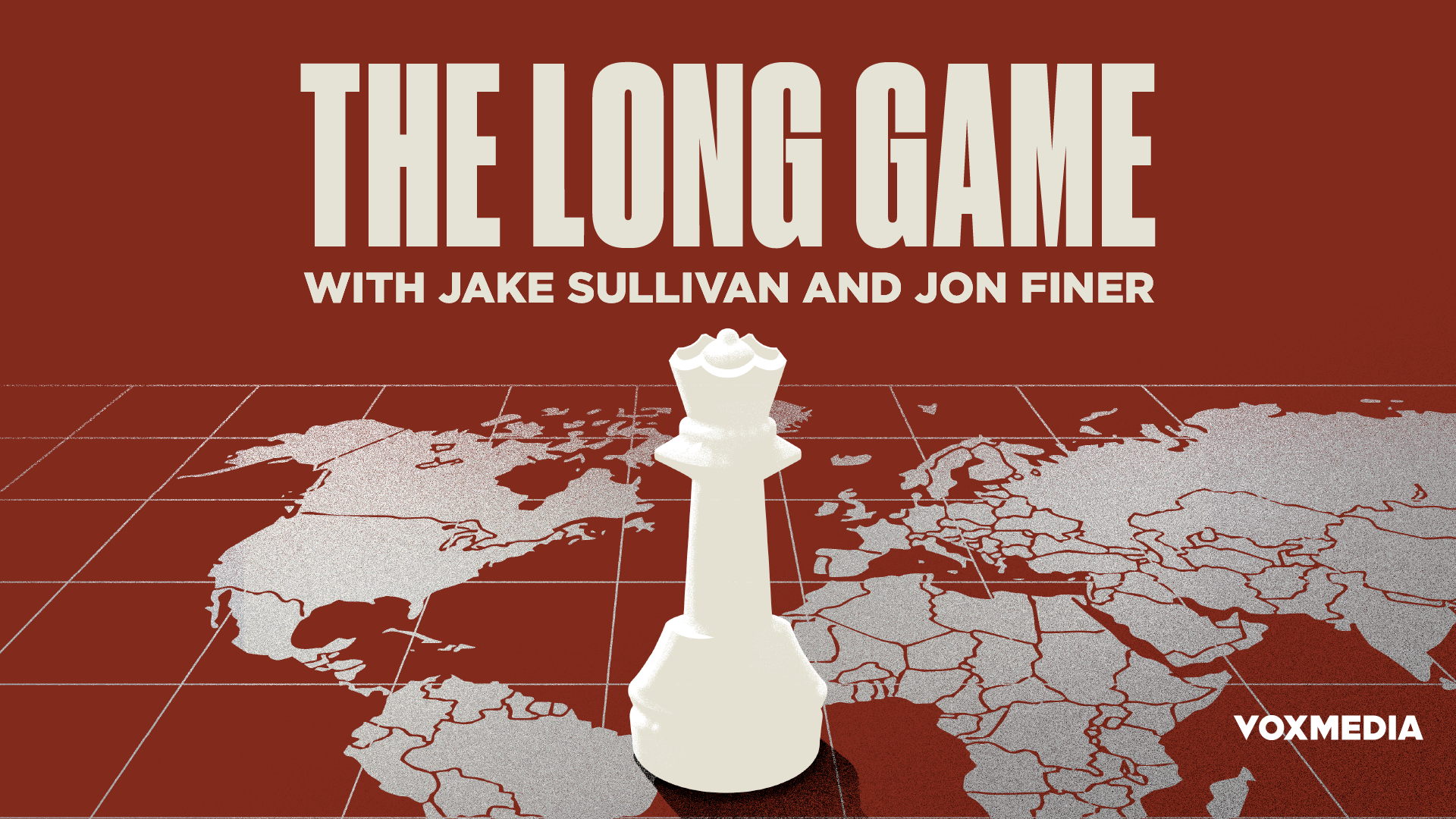Last week at Advertising Week, Vox Media’s Chief Revenue Officer, Ryan Pauley joined Cadillac’s CMO, Melissa Grady Dias in an interview with Insider’s senior reporter, Tanya Dua, to discuss how the pandemic has led to the need for more flexibility and transparency from marketers
Here are some highlights of the conversation:
How Vox Media adapted to marketers’ needs throughout the pandemic
When asked about how Vox Media has changed its approach in working with brands since the pandemic, Pauley shares how the company took time to gain a better understanding of what the priorities were of every individual brand at that moment.
“There was a shift towards digital, which digital companies, like ours, was a beneficiary of from a business perspective, but also from a flexible needs standpoint,” said Pauley. He continued, “there needed to be creative updates on a weekly basis, there needed to be the ability to shift investment from different audiences… through different channels, whether that was audio, video, or display.”
Pauley noted that thanks to Vox Media’s capabilities, when a brand needed to optimize for a different audience or a different product, the team was able to accommodate clients with ease and not be as strict around the rules of investment that the industry has been facing. “Flexible needs on the brand side need to be paramount as we go forward,” stated Pauley.
Embracing digital ad spend
Grady Dias spoke of her experience as a CMO and how Cadillac is leaning toward more modern platforms rather than traditional buying methods.
“There were three words that we really honed on; fast, flexible, and agile,” said Grady Dias. “We are still in the upfronts but we really use linear as inspiration points on how we can tell a big brand story.” In response to Dua’s question on how Cadillac’s marketing approach changed due to the pandemic, Grady Dias noted that in using data, Cadillac was able to look ahead and prepare messaging for all approaches. “It was all very interesting. In a world where we think it takes six months to make a commercial, we were changing our creative every two weeks…This was a huge shift to digital and being able to optimize our messages based on audience.”
Grady Dias noted that Cadillac was already heavy in digital and addressable, which really helped with flexibility during the pandemic. “We have been making a shift to more addressable and digital for quite some time…The priority starts where we can find our audience,” said Grady.
The value of first-party data for brands
As privacy concerns continue to remain a concern across digital advertising, Dua asked how Vox Media and Cadillac are approaching this challenge.
Grady Dias notes that while collecting first-party data is important, having the identity based information through their partner, Dentsu, has been critical to the strategy. “We are focusing on who they are, where they are and personalizing their messaging, prioritizing how to augment each interaction to make it specific and engaging.”
From the publisher perspective, Pauley discussed the launch of our first-party platform, Forte in late 2019 as the first major point of integration after the merger with New York Magazine.
Pauley shared that Vox Media “spent the first year and a half educating the market on the value of first-party data,” sharing more on what informs Forte, with digital scale across topically diverse editorial brands, and signals from subscriptions, and commerce businesses.
“We have seen a lot more sophistication from partners understanding their own first party data and understanding what the value of publisher first-party data is,” said Pauley. “Now a lot of the focus now is on merging the data and understanding a brand’s audience overlap with ours using it as a point of seeing where and how to invest, especially from a creative standpoint.” Pauley shared that Vox Media prioritizes the creative messages that are being delivered to different audiences in different environments, noting targeting someone scrolling Eater’s heatmaps is different than targeting someone who is reading a review on the Verge.
Since launch, Pauley shared that over 300 brands have opted into using Forte, seeing an average of 2x lift in primary media lift performance.
Here’s where else we showed up during the week:
- On Tuesday, October 19, Annu Subramanian, Supervising Producer of Branded Audio at Vox Media joined the stage with HBOMax and Stitcher to discuss how brands can break through on podcasting. Watch here.
- On Tuesday, Polygon’s Executive Editor, Chelsea Stark joined a panel with Electronic Arts and Media.Monks to explore how to making the gaming metaverse more inclusive. Watch here.
- To wrap the week, Kara Swisher and Scott Galloway joined for a live recording of Pivot, offering sharp, unfiltered insights into the biggest stories in tech, business, and politics – discussing Facebook’s decision to change it’s name and PayPal’s interest in buying Pinterest. Watch here or listen to the episode here.



